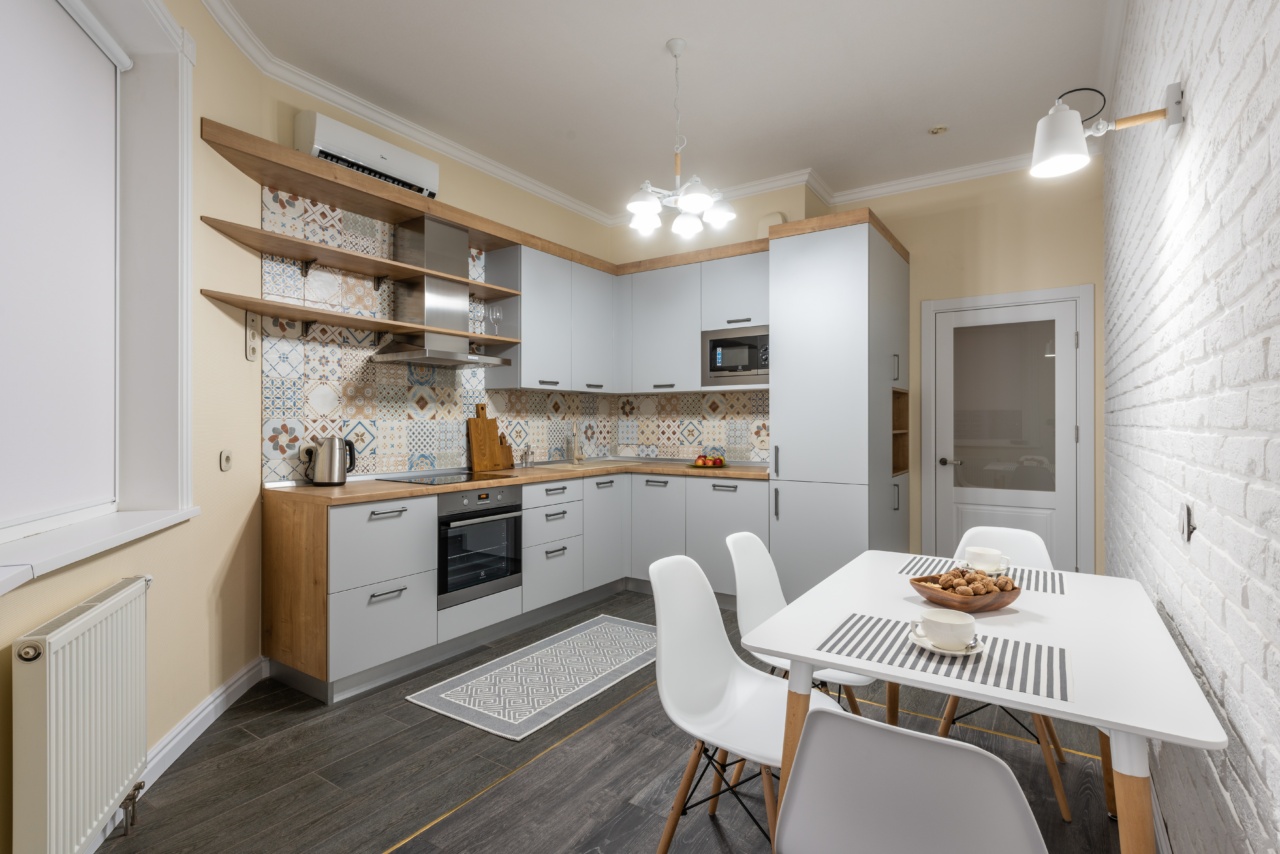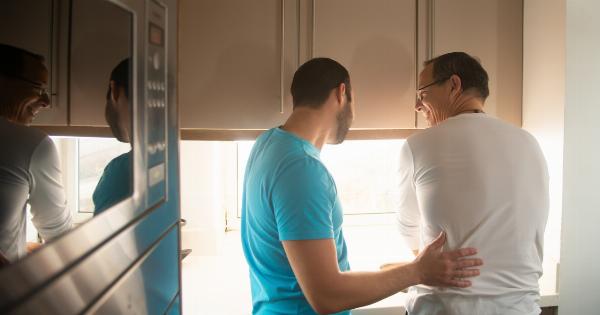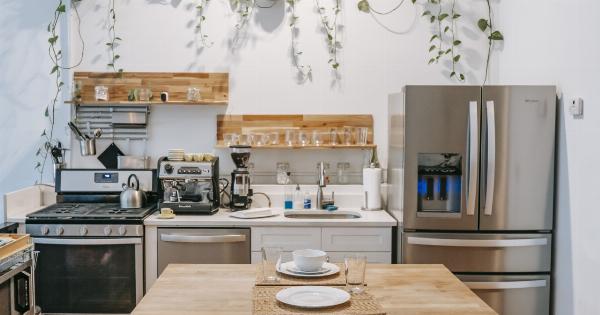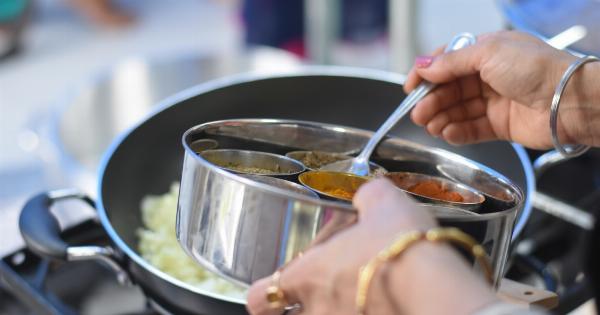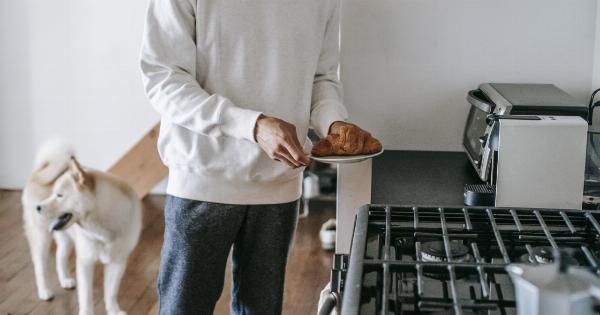Microwave ovens have become an essential part of our modern kitchens. They are convenient, quick, and energy-efficient. But, to get the most out of your microwave, it’s essential to know how to use it properly.
In this article, we will share some tips to help you get the most out of your microwave oven without compromising on safety or the quality of the food you are cooking. So, let’s dive in!.
Tip #1: Use Microwave-Safe Containers
When using a microwave, it’s essential to use the right containers. Always choose microwave-safe containers made of glass, ceramic, or plastic that are labeled as safe for use in the microwave.
Avoid using metal, aluminum foil, or containers with metallic paint or trim, as they can cause sparks, fire, or damage to your oven.
Tip #2: Cover Your Food
To prevent food from drying out, splattering, or creating a mess in your microwave, always cover it with a lid, microwave-safe plastic wrap, or a microwave-safe plate.
This will not only keep your food hot and moist but also prevent it from sticking to the walls of your oven.
Tip #3: Don’t Overcook Your Food
When cooking food in the microwave, it’s easy to overcook it, resulting in a dry, rubbery texture. Make sure you follow the cooking instructions provided with your food or recipe and check it frequently to ensure that it’s not overcooked.
Tip #4: Stir Your Food Frequently
To ensure that your food cooks evenly, it’s essential to stir it frequently, especially when cooking soups, stews, or sauces. This will help distribute the heat evenly and prevent any hotspots, which can lead to overcooked or undercooked food.
Tip #5: Arrange Food Properly
When using your microwave, it’s essential to arrange your food properly to ensure that it cooks evenly.
If you’re cooking a large piece of meat or vegetables, arrange them in a circular or rectangular pattern on a microwave-safe plate to ensure that they cook evenly.
Tip #6: Defrost Food Safely
When defrosting food in the microwave, it’s essential to use the defrost setting and not the regular cooking setting. This will ensure that the food defrosts evenly without cooking it.
Use a microwave-safe plate to catch any drips or liquid that may come out from the food.
Tip #7: Don’t Use Your Microwave as a Storage Space
When not in use, avoid using your microwave oven as a storage space, especially for metal objects such as spoons, forks, or aluminum foil. This can cause damage to your oven or lead to a fire.
Tip #8: Clean Your Microwave Regularly
To ensure that your microwave oven remains hygienic and free of odor, it’s essential to clean it regularly. Wipe the interior of your oven with a damp cloth or sponge and mild soap to remove any food residue or spills.
Avoid using harsh chemicals or abrasive materials that can damage your microwave.
Tip #9: Experiment with Your Microwave
Try experimenting with your microwave to discover new ways to cook, defrost, or reheat your food. You can use it to make popcorn, bake potatoes, steam vegetables, melt chocolate, or warm up leftovers.
Just make sure that you follow the instructions provided with your food or recipe.
Tip #10: Use Your Microwave Safely
Finally, it’s essential to use your microwave with safety in mind. Keep out of reach of children, pets, or anything that can obstruct its vents or block the door.
Don’t use your microwave if it’s damaged, has loose or broken hinges, or shows signs of wear and tear. And, never attempt to repair your microwave if you’re not a qualified technician.
By following these tips, you can enjoy safe, delicious, and hassle-free cooking with your microwave oven!.
